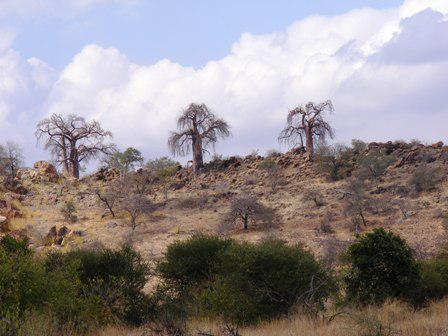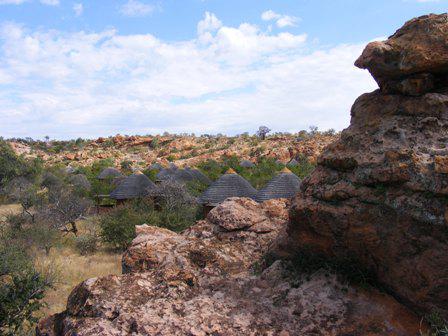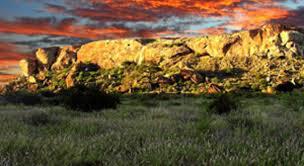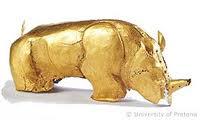Right up north where 3 borders; Botswana, Zimbabwe and South Africa unite,lies the mystical Mapangubwe National Park. This is also the confluence of the large Shase river with the Limpopo, a land of sandstone formations, rich unique riverine forests, set in mopane woodlands and savannah, dotted with baobab trees. This in turn attracts and supports great variety of game including the big 5, gemsbok, eland, hyena and extensive bird life, including unique species only found north of South Africa’s borders. Synonymous with Mapangubwe are the ‘Tuli’ elephants that migrate from Botswana’s Tuli Block close by.


Mapangubwe, is however, better known for ruins left by South Africa’s first kingdom, a highly complex trading empire society dating back to 1050 -1270AD, and finally abandoned in 14th century. Declared a UNESCO World Heritage Site in 2003, the main site, the Mapangubwe Hill and surrounds, now forms part of the Mapangubwe National Park.
Regarded as the most complex society in Southern Africa, visitors are provided with a unique cultural landscape of a society that traded with India, China and various other Eastern countries, mainly in gold. At its height, Mapangubwe was estimated to have 5000 people living around the royal hill, which was occupied by the king and his elite. This culture is regarded as the forerunner of the modern Zimbabwe.
The local land owner – farmer made this discovery in 1932 after a tip off from a local elder. With its sheer cliffs, standing about 300 meters high, and access up only 2 narrow cracks climbing up was difficult, but subsequent excursions by the University of Pretoria yielded a number of artifacts. Twenty tree graves were excavated and the most significant excavations include a golden rhinoceros, made from gold foil nailed around a wooden interior, a gold sceptre and a bowl.


Mapangubwe is South Africa’s newest park established in 2004, and provides visitors with a great combination of big game, unique bird life experiences together with exciting archeology which up until recently was kept obscure from the public eye.
Various accommodation possibilities are on offer from camping, luxury tents, 3-4 star accommodation, and a wilderness camp. Recently a fascinating museum and restaurant complex was added to enhance the already enchanting experience.
Tel: +27 12 428 9111
Fax: +27 12 343 0905
Email: reservations@sanparks.org
